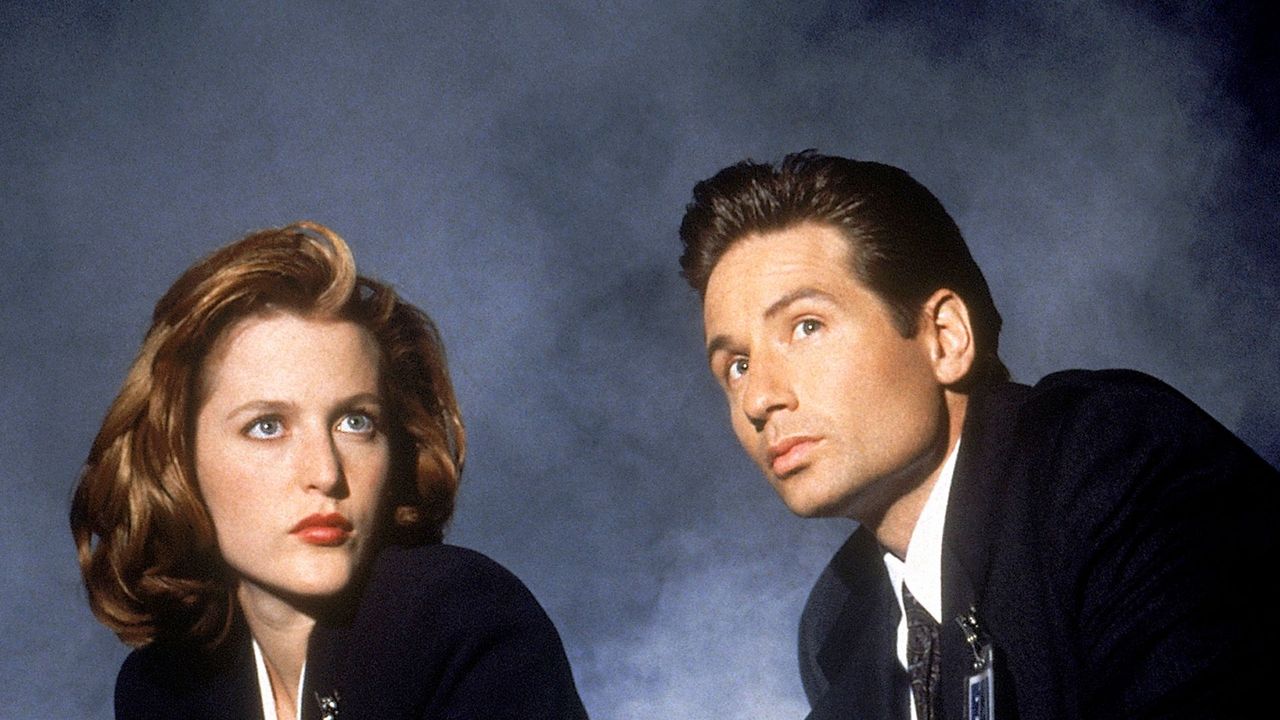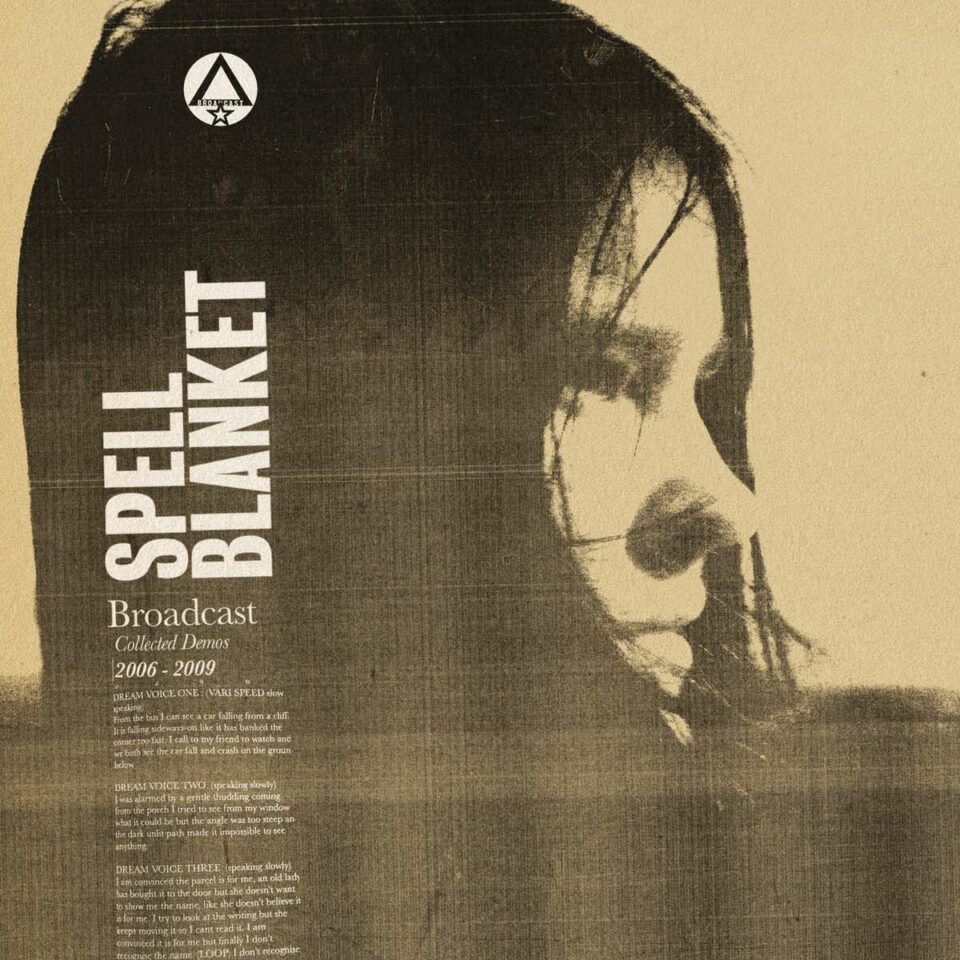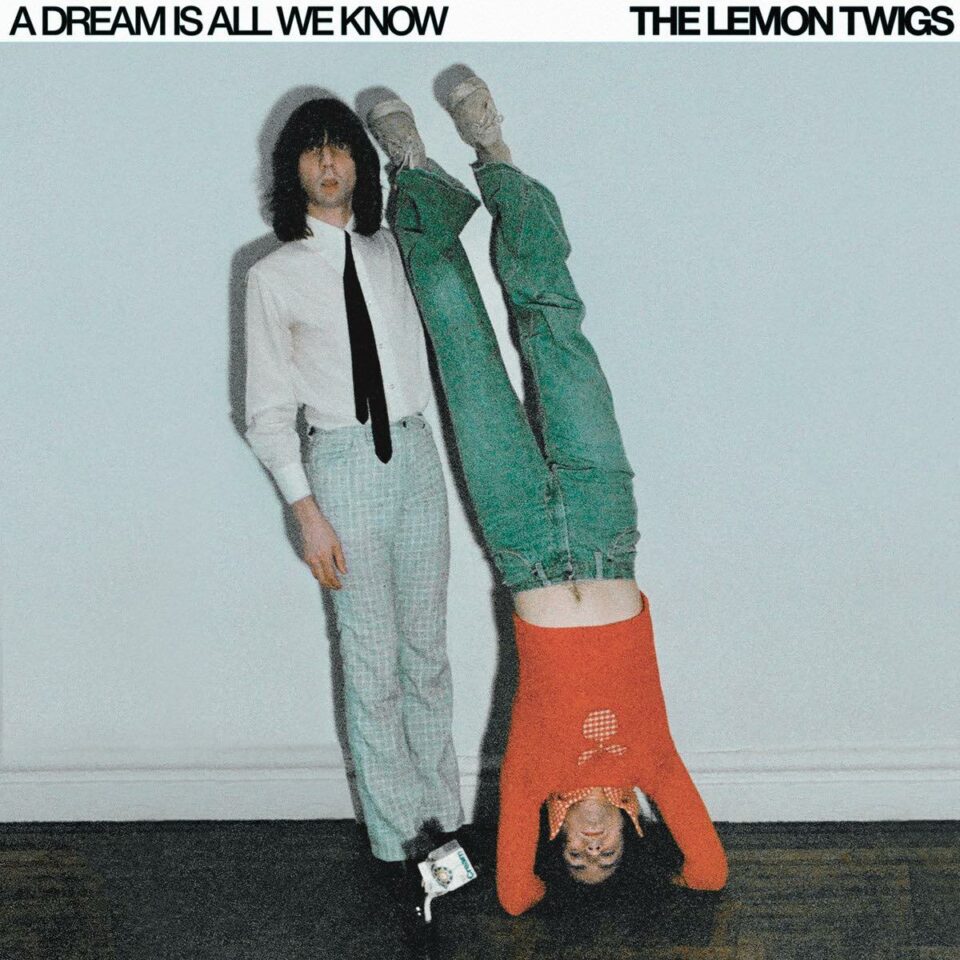I have this memory, a vivid, perdurable presence living in my mind, from when I was a child, lying in bed, wrapped in darkness, I heard an unearthly sound: The X-Files theme song, emanating from the small, boxy television in the living room, where my mom was enjoying her short respite from the daily chaos of a sparky child running rowdy through the house. Unsettled yet beguiled by the uncanny echoing notes, like a message transmitted from another world, I opened the door to see the source of the sound. It was an indissoluble image: the pale, ugly face of the Flukeman, vaguely resembling a man’s deformed visage, something human in the eyes, but with a gaping sucker mouth and slippery skin a contaminated shade of white. For a child with macabre inclinations, it was as exciting as unwrapping a present you didn’t know you wanted.
The X-Files premiered on September 10, 1993, introducing the world to two of pop-culture’s most endearing and enduring characters: Fox Mulder (David Duchovny), a brilliant FBI agent and profiler obsessed with the spooky and supernatural, particularly aliens, and Dana Scully (Gillian Anderson), a scientist and skeptic. Together, using Mulder’s encyclopedic knowledge of obscure and esoteric topics and Scully’s scientific expertise, they solve insoluble mysteries that flummox authorities. Mulder is dogged in his lifelong pursuit of The Truth over all else, ever since his sister was purportedly abducted by aliens, and Scully keeps him grounded in reality. The series’ main overarching plot is called “the mythology,” concerning extraterrestrials and the enigmatic Syndicate of men in tailored suits with unclear intentions and whose power and influence are seemingly limitless.
The Syndicate’s fixer and Mulder’s main foe is known as The Cigarette Smoking Man, mysterious, menacing, with a wrinkle-etched face and a cigarette always tucked between his fingers or skinny lips, sickly gray smoke trickling out of his mouth that opens just slightly as he intones threats and ominous prophecies. The majority of the show, though, comprises monster-of-the-week episodes, for which series creator Chris Carter and company conjure a glut of grotesque, bizarre creatures—a malleable man who can stretch his body like putty and eats people’s organs; a sentient fungus that induces hallucinations as it sucks your life; a man of sinister Svengali-like influence who convinces people to kill themselves; a paramedic made of cancer who eats diseased body parts; werewolves and vampires and a tiny little man who crawls up the butts of corpulent people.
Not all of the villains are unnatural entities. Tom Noonan, tall and lanky, plays a laconic killer of children who may know something about Mulder’s sister in the episode “Paper Hearts,” and in “Irresistible,” Scully is tormented by a freaky death fetishist. The Cigarette Smoking Man gets his own episode, too, a fantastical conspiracy narrative about his ascension to power and all the epochal moments throughout the 20th century that were his doing (the assassination of JFK, the outcome of the Super Bowl). We learn that the inscrutable man with the tarry lungs is a lonely would-be writer of unpublished novels based on his exploits.
The chemistry between Mulder and Scully is, of course, the heart of the show—it’s the humanity rather than the monsters that imbues The X-Files with unaging life.
The chemistry between Mulder and Scully is, of course, the heart of the show—it’s the humanity rather than the monsters that imbues The X-Files with unaging life. But I don’t want to use up my limited word count talking about what has already been exhaustingly analyzed for 30 years. I’m instead interested in the aesthetic imagination of the show, its deft use of cinematic techniques rarely seen in American living rooms circa 1993. Like Hill Street Blues, Miami Vice, Moonlighting, and Twin Peaks, The X-Files advanced the formal qualities of mainstream network television. With its dramatic lighting and vivid photography, its smooth, complicated camerawork, and Mark Snow’s indelible music, the show looked and sounded like nothing else on the air.
For the first few seasons, while still operating with a modest budget, director David Nutter, who would go on to win an Emmy for his work on Game of Thrones, was the young prodigy of the crew, displaying a deft eye for the strange and sinister. He helmed some of the series’s best early episodes such as “By the Sea,”’ blessed with a bravado, capital-P performance by Brad Douriff. It focuses on Scully’s grief following her father’s death and a prisoner’s claim that he can communicate with the dead, which the reasonable Scully wants to believe while Mulder insists the psycho is a liar, reversing the roles of believer and skeptic. The episode mostly comprises shot/reverse-shots of our characters talking in inhospitably gray rooms, and it’s riveting. Nutter also directed “Clyde Bruckman’s Final Repose,” often cited as the show’s best episode, a tragic tale of a lonely older man (Peter Boyle) burdened with the ability to see how people will die. His scenes with Scully are tender, heart-breaking, beautiful; it can only end in tears.
In the ’90s, when asked which directors he admired, renowned French filmmaker Alain Resnais, one of the essential art-house auteurs of the 20th century, mentioned Kim Manners, who joined the show near the end of the second season and directed more episodes than anyone else, including many of the mythology ones. Manners uses camera movement fluidly and carefully, like starting a scene gazing through a fish tank before sliding over for a better view, and clever and playful compositions, such as a geek garnished with tattoos eating a live fish appearing malformed, animalistic, through an ultra-wide lens in “Humbug.” Manners delivers the suspenseful, exciting goods expected of prime time escapism, and he had a gift for earnest intimacy; he really understood the profound love between Mulder and Scully that refutes easy labels and designations at a time when will-they-won’t-they was the norm (one of their great dialogue scenes being the existential, Moby-Dick-inspired conversation in “Quagmire”).
To appreciate Manners’ singularly skillful ability to work with different tones, look at his debut, “Die Hand Die Verletzt,” in which satan-worshiping PTA members inadvertently invite the devil to their small backwoods town and get their comeuppance; it’s as close to a pure-blooded horror film as the show ever came, mean and violent. Then look at “War of the Coprophages,” a paranoid, almost Pynchonesque burlesque about killer bugs that climaxes with a scatological gag. The urban-gothic “Grotesque” has that post-Se7en psychological angst, and “Home,” the only episode to get a TV-M rating, harks back to Tobe Hooper and Wes Craven with its gruesome satire of small-town Americana about a family of inbred Luddites. It remains disturbing even in the post-Sopranos era—the episode opens with a baby being buried alive!
With its dramatic lighting and vivid photography, its smooth, complicated camerawork, and Mark Snow’s indelible music, the show looked and sounded like nothing else on the air.
The series’s other most prominent director is Rob Bowman, who handled the 1998 film The X-Files: Fight the Future that was released between the fifth and sixth seasons. He was more adroit with action and spectacle, crafting the big effects-heavy episodes with bombast (the submarine entrenched in ice in “End Game,” the first sighting of a real spaceship in “Paper Clip”), though he also proved capable at comedy with the uproarious “Jose Chung’s From Outer Space,” a percipient, self-aware satire of itself that anticipates Charlie Kaufman.
Chris Carter’s directing was sometimes indistinct, and his dialogue stiff with self-seriousness, but with “The Post-Modern Prometheus,” an affectionate homage to classic monster movies shot in black and white (and in which Cher plays an important plot point), he found the style that worked for him. “Triangle,” done in long Steadicam shots prowling the bowels of a ship transported back to World War II that last from one commercial to the next, is a technically complex gambit done years before the advent of digital filmmaking made very long takes easy to feign.
Even in this age of grand, glossy television, well-financed programs stacked with stars acting to the cheap seats and directed by established filmmakers, few shows have produced such a surfeit of evocative imagery, insidious and silly, supernatural and human, as The X-Files. Sometimes at night, lying in my bed, I still see the pallor of the Flukeman, his red-ringed mouth, those jaundiced eyes. I know him like an old friend. FL









